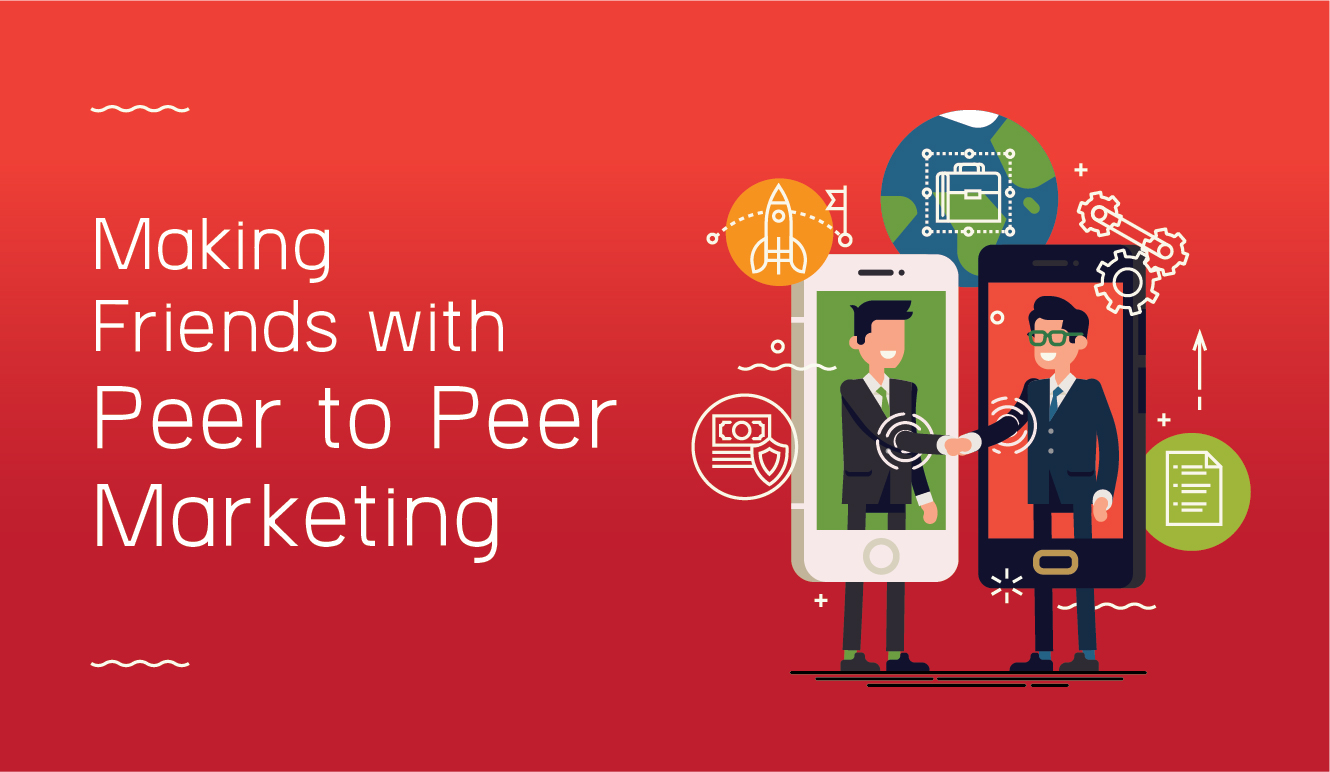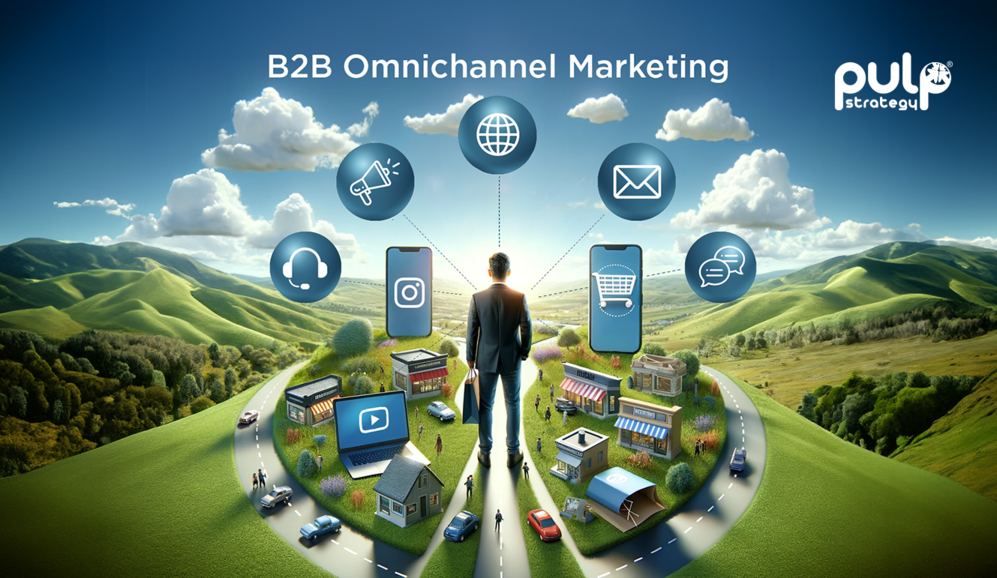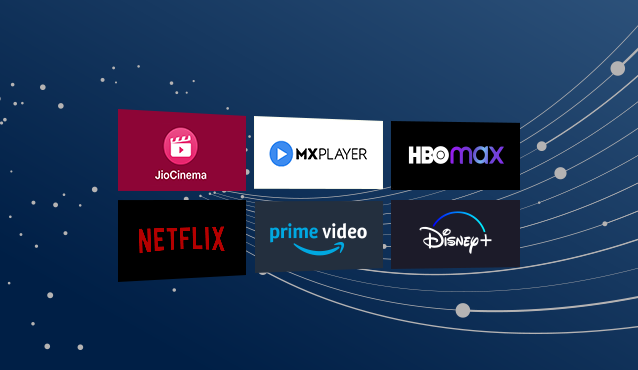Welcome to the information overload age. Here every day a new brand wants to entice customers into buying that pretty handbag or that must have lipstick shade. What do they do? Who do they trust? Celebrities are paid to endorse the brands, making their opinion biased to customers. But when they hear good reviews from their friends or other people just like them, they tend to be more trustworthy. Seeing an opportunity here, brands should defiantly try to make peer to peer marketing their best friend.
Know Peer to peer marketing
Peer to peer marketing is one of the oldest forms of marketing. It’s a form of word-of-mouth that includes friends, family, and even current customers who share reviews about products and services of a brand. But why is it important for brands when they already concentrate on core marketing efforts? This is because, though potential customers may engage with brands online or offline, they know that the content is mostly promoted and biased. Nonetheless, when they receive information from people whose opinion they trust, they know that the recommendations are unbiased. According to Bright Local, 88% trust online reviews of products and services. Recommendations from family and friends also impact the buying decision. Hence, brands can adopt this promotional technique where customers are encouraged to promote the product to other potential customers.
Making word of mouth count
Peer to peer marketing also known as ‘Word of mouth marketing’ is all about the power of content or context. It empowers consumers with relevant data throughout the entire path to purchase. Starting from the brand awareness and consideration to purchase decision, enabling the comparison of product quality, price, popularity, proximity, and relatability. Hence, through peer-to-peer marketing campaigns, buying decisions are driven more on recommendations rather than by price. Brands can make customers a part of the brand not in a manipulative way, but rather in a mutually beneficial way.
Developing brand loyalty
When a brand is consistent and delivers their promise of quality, customers become regular buyers and eventually advocate the brand to their peers. But this is not easy. Most brands offer something unique and tailored to their customers so that they feel privileged and buy regularly.
“Brand loyalty overcomes any rational-based, price-based decision-making because you have a powerful emotional driver-you are not buying based on discount temptation.”
- Jamie Mackenzie, Director of Marketing, Sodexo
To further develop brand loyalty, brands give their first-time shoppers some special discount on the next purchase or give their biggest spending customers gift coupons or some customized deals. These practices help in fostering brand loyalty and gives customers a reason to come back every time.
Turning loyal buyers into brand evangelists
Brands success can be measured by seeing how many users are recommending the product. But to get to this level, brands have to put in efforts not just in product development and improvement, but also after-sales service and customer query management. To start winning customers over, they can start by actively responding to the customer complaints on Social media. They should also act on the feedback. This shows both potential and existing customers that brands care for them and pays attention to their concerns. Building customer relationship lays down a strong foundation of customers that eventually become brand ambassadors.
Community building and reward programs
Community building and management play a key role in a successful Peer to peer marketing campaign. It gives existing customers and even potential customers an exclusive online space to engage and interact. Acting as a virtual focus group for brands, communities give your customers a platform to share valuable insights on brands, their product and services, and experiences. Some brands even gamify the experience of building an online community making the experiences more fun, challenging, and engaging. But this is not an easy task and needs consistent efforts, creativity, and inspiration.
Engaging consumers with a lucrative ‘Rewards Program’ is a great way to build a thriving online community. While introducing a rewards program, brands should make sure to gives users specific goals to achieve. This keeps them motivated and the excitement alive. Rewards given can be in any form like gaining points, badges, or special recognition within the community. Users can be rewarded when they encourage customers to engage other customers by advocating the brand’s product or service to a friend. This also ensures higher levels of engagement for existing and prospective customers.
Have you used or are thinking of integrating peer to peer marketing to your marketing mix? Share with us your experience and learnings.





